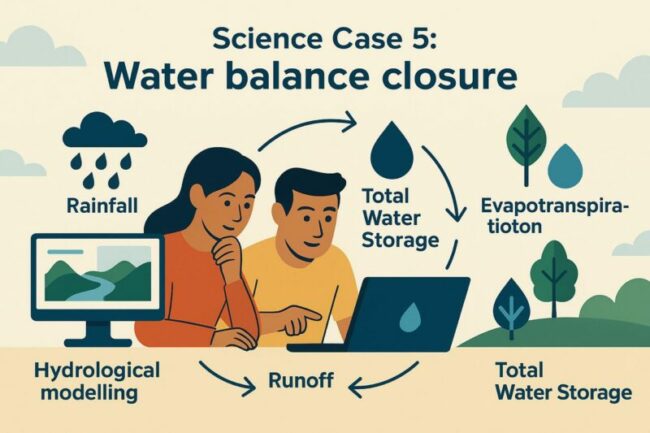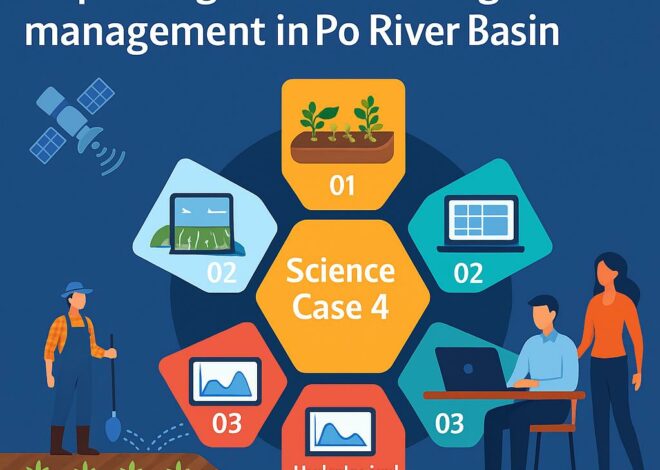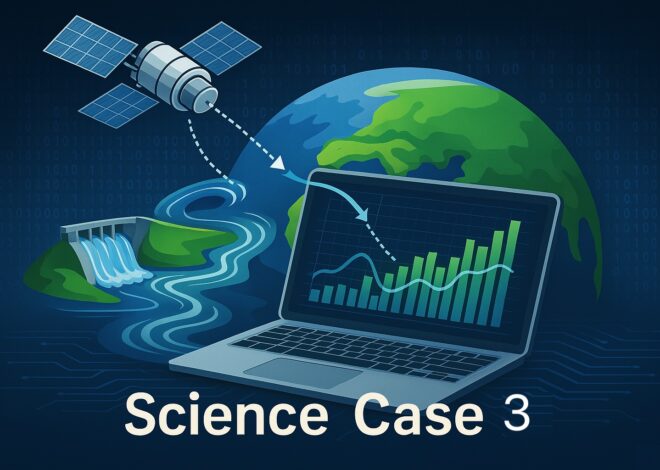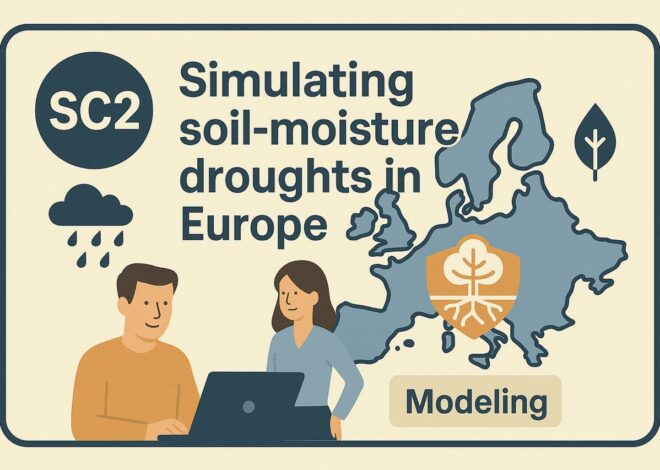
Science Case 5 (led by University of Trento): Water balance closure over all regions
Although high-resolution satellite, hydrological, and land surface models are advancing, accurately understanding the water cycle in catchments remains challenging due to uncertainties in data accuracy, spatial variability, and the complex interactions between surface and subsurface processes. This science case utilizes multiple state-of-the-art Earth Observation (EO) datasets and hydrological/land surface models to close the water budget over the Po, Rhine, and Tugela River catchments. Different experiments (2, 31, 32, and 34) conducted in WP5 will be considered in this analysis. To this end, the study follows a three-step approach. First, the water budget closure performance is evaluated individually for different hydrological models. Second, the capability of EO-based data to close the water budget is assessed by combining EO-derived precipitation and evapotranspiration (ET) with observed river discharge. Finally, the potential of integrating EO-based and model-based data is explored to enhance the accuracy and reliability of water budget closure.
The findings indicate that water budget components derived from models calibrated using river discharge in experiment 2 exhibit greater consistency across models than those obtained in experiment 3, where calibration relies solely on EO-based data. The individual models in Experiment 2 were also able to close the water budget reasonably well, as indicated by mean water budget residuals tending toward zero. Using solely satellite-derived data for water budget components across the three catchments does not outperform the individual models applied in Experiment 2. However, for the Po catchment, the performance of EO data in closing the water budget improves at larger spatial scales (i.e., the entire catchment) compared to smaller sub-catchments. For the Tugela catchment, total water storage variation computed from EO-based precipitation and ET remains consistently positive, as EO-derived ET is lower than model estimates. This could indicate that relying solely on EO-based ET does not enhance water budget closure in this African region. Combining EO-based and model-based data as water budget components does not demonstrate a significant improvement in closing the water budget over three catchments.
For the full report of this science case, click here.
Related Posts

Science Case 4 (led by Valencia Polytechnic University): Improving water and irrigation management in the Po River Basin

Science Case 3 (led by Utrecht University): Investigating the added benefit of EO products for simulating reservoir operations

